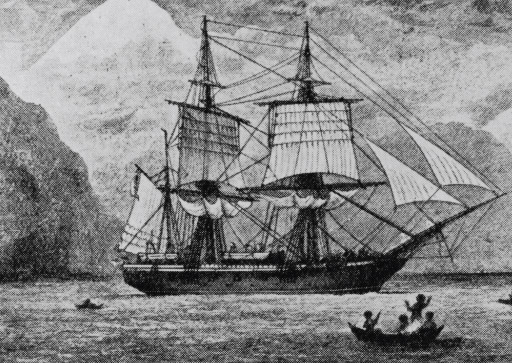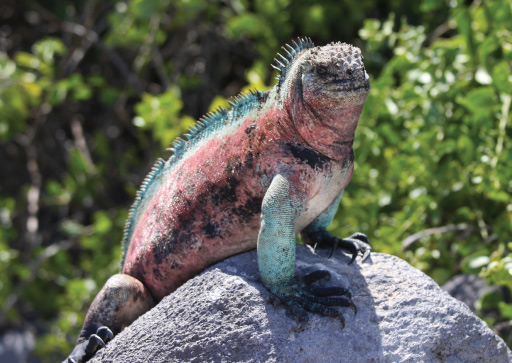The Galapagos Islands, The Origin of Evolution.
Charles Darwin
"The Origin of Species"

During the 19th century several theories on the evolution of species were placed, however, the historical fact that would make a significant change as a fundamental contribution to the naturalistic, scientific-biological and philosophical world would be the involvement that Charles Darwin made with his work “The origin of the species”, thus supporting the evolutionary theory.
Who Charles Darwin was?
Charles Robert Darwin was an English natural scientist born in 1809, a member of a wealthy and sophisticated family of doctors. However, he had no aptitude for medical sciences, so he began his theology studies at Cambridge University in 1822.
Cambridge University was the place where thanks to his botany professor Stevens Henslow, he felt highly motivated by Natural Sciences; Counting on that influence, he would start his expedition to an unknown world.

The Journey to the Galapagos Islands
At the age of 22 (1831), the young scientist embarked on board the English ship HMS Beagle, which would make a world tour in five years. The young Darwin arrived in the Galapagos Islands in September 1835 to stay for around five weeks, arousing his interest in conducting various studies on San Cristóbal Island, Floreana, Isabela and Santiago.
As soon he landed the Galapagos Islands, he was amazed due to their remoteness from the mainland. What most caught his attention was that, despite the distance between islands, and having similar conditions of climate, geography, and other aspects, there were very different species.
By observing the endemic species, he was sure that he found a complete natural laboratory, which would allow him to have all the resources for his research and to continue marveling throughout his expedition.

Darwin and his interest in Galapagos birds
The young scientist focused his research on the Galapagos Finches, a unique bird that lives only in this place. There were approximately 13 different species that Darwin was able to identify, based on their interrelationships, adaptability and traits that differentiated them according to their habitat, diet, customs, among other aspects.
What marked the beginning of a new investigation, were the beaks of these species: their shapes, sizes, as well as their functionality, according to their different food sources; since some fed on seeds, others on insects, others on turtle eggs, others including the blood of boobies and others adapted to use some resource and obtain food.

The Galapagos Islands and their inspiration in “The Origin of Species”
His work "The Origin of Species", finally, would be published in November 1859 in which there are some important points such as:
- The species are in constant change, they are not fixed
- Life as a constant fight for existence and survival, this fight would result in the organisms that least adapt in a natural environment disappear and that the best ones can reproduce themselves knowing it as the so-called "Natural Selection", this natural selection, development and evolution they will require long periods of time, genetic variations will continue, natural inheritance.
The contribution of Charles Darwin, would lead him to be considered as one of the five most influential characters of the English Crown during the 19th century, and the existence of the Galapagos Islands would become one of the most important research pillars of all humanity and the science.